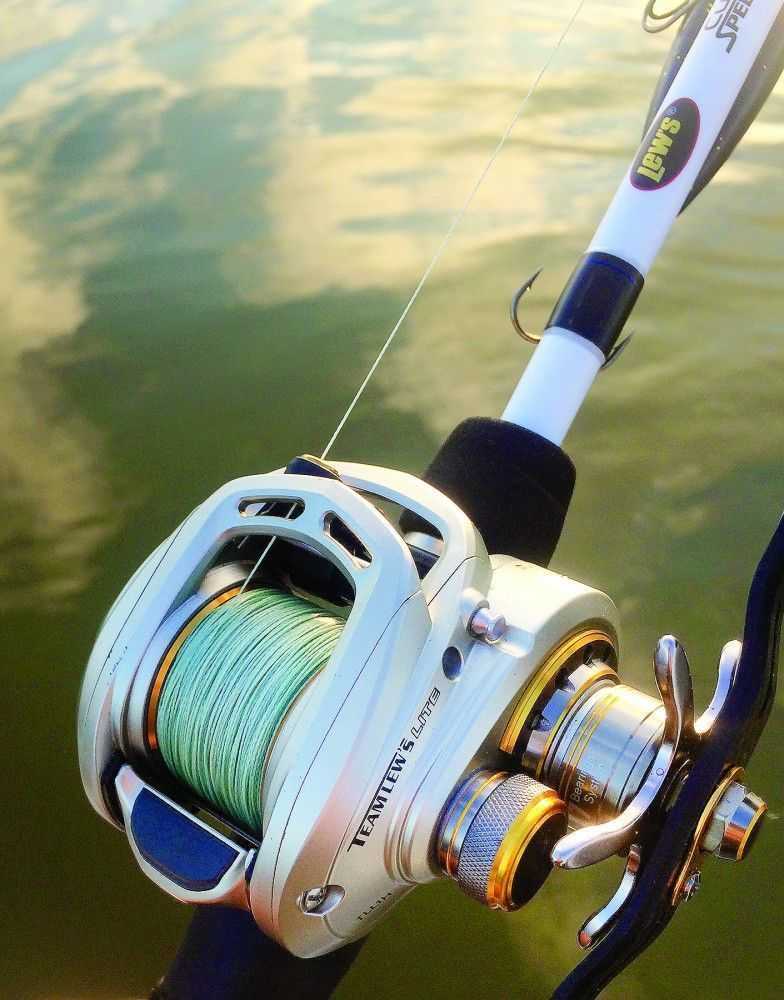Finding the Right Rod for You
CAM Staff
Fishing rods come in all lengths, weights, actions and even types of graphite. And there certainly are a lot of builders now. Just about everyone has access to the equipment and the base materials. How do you pick the right rod for you?
First of all, figure out what you’re style of fishing is. Throwing live baits requires a totally different set up compared to throwing artificial lures. The live bait rod has to slowly accelerate the bait without sudden jerks so the bait is still intact when it reaches the water at the other end of the cast. In some cases this will call for lighter actions for things like free-lining shrimp and whitebait. In other presentations, using weighted corks or cut bait might necessitate a heavier action that is not extremely fast. Anglers using lures tend to use medium-weight blanks with a fast action for increased cast distance and finesse.
Once you know your style of fishing, figure out what your price range is. There are some amazing rods in the $400 range, but if that’s out of your budget then don’t pick one of those up. I personally look for more rods in the mid-range. I’m just too rough on equipment, and I don’t mind getting out in some of the harshest conditions either. That said, if you know the right criteria, then you can find a great stock rod at a reasonable price.
Start with a quality blank. It should be at least an IM 6 (Intermediate Modulus), although I’ve recently found some IM 10s and even HM 60s (High Modulus) in the stock rod category. As the field gets more competitive, more companies are starting with better blanks and finding ways to make the rod more economical without giving up quality. Take for example the Custom Speed Stick Series from Lew’s. It’s built on a HM 60 blank that can be found in many custom-built rods in the $400 – $500 price range, yet the rod is priced with quality components and stays in the low to mid $100 range.
Weight is another factor. Get the lightest rod you can afford with the best blank and you can’t go wrong. Lower weight will transfer into increased sensitivity and provide you all day comfort. The lighter a rod is, the less resistance it has to transmitting energy from the bite to the hand of the rod holder. Also, the decreased mass will cause less strain on the wrist, forearm, elbow and shoulder of an angler using erratic or at least active presentations with artificial lures.
Submitted by Sun Coast Marine Works, LaMarque Field Staff
